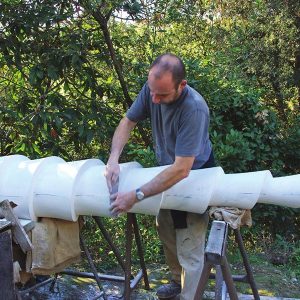
CREATION OF THE ORIGINAL MODEL

Realization in clay,
plaster,
wax, …
MODEL MOULDING
- Making a mould in elastomer.
- Setting up = mould in 2 parts to bring out the original.
- Elastomeric layer.
- Plaster or resin shell with a casting cone.
- Demoulding to reveal the original piece of art.
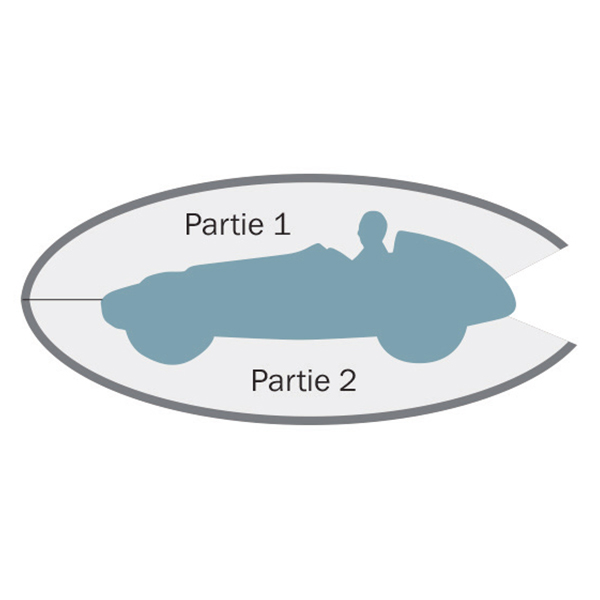
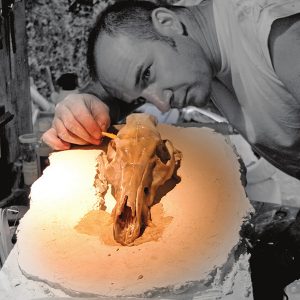
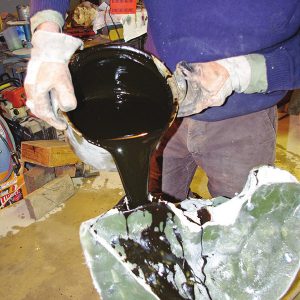
WAX CASTING (REPRODUCTION OF THE ORIGINAL ARTWORK IN WAX).
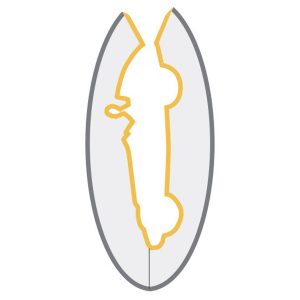
- The mould is filled with liquid wax.
- The thickness of the wax (=thickness of the bronze) depends on the time left before emptying the excess wax.
- The wax is allowed to cool on the inside of the mould.
WAX REWORK
- Recovery of the wax model (demoulding).
- Touching up the wax.
- Mounting of the future wax feeders and vents, thus allowing the future casting of the bronze.
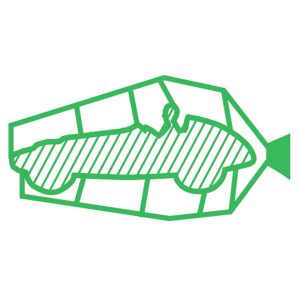

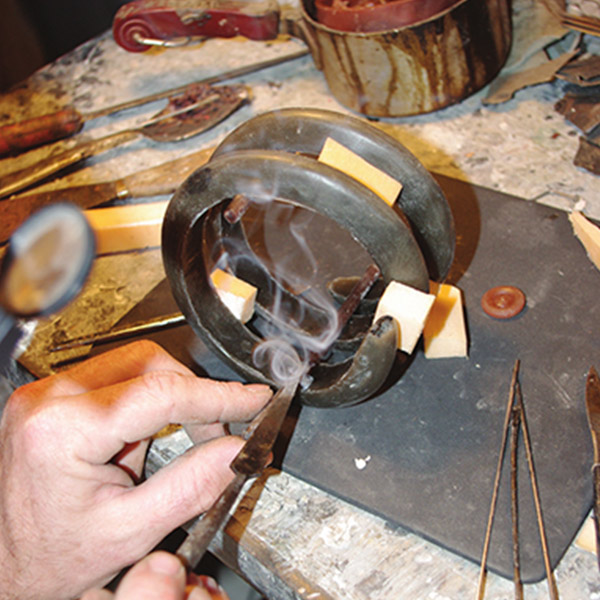
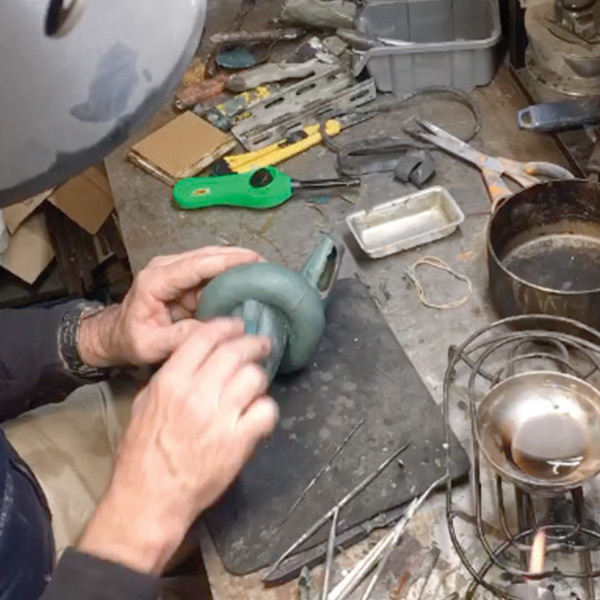
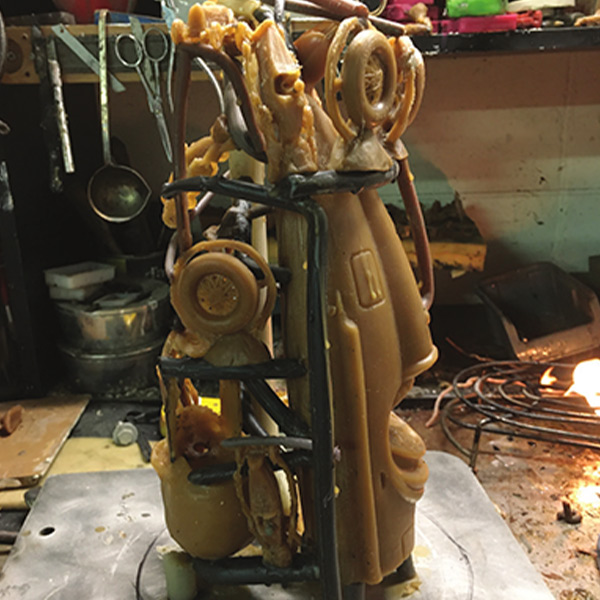

COATING

- The wax model is coated with refractory plaster.
- If the wax is hollow, a core of refractory plaster is poured inside.
- The core is held in place by nails and holes in the outer casing.
MELTING OF THE WAX
- The entire model is heated in a furnace for 24 hours (depending on the size of the artwork).
- The wax melts at 250°C.
- Temperature is increased in phases to 700°C to ensure that all the wax is melted.
- The void left by the wax will then be replaced by the bronze.
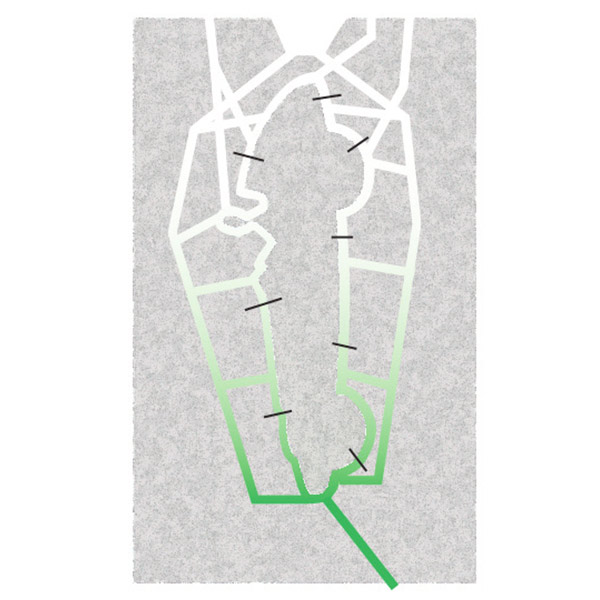
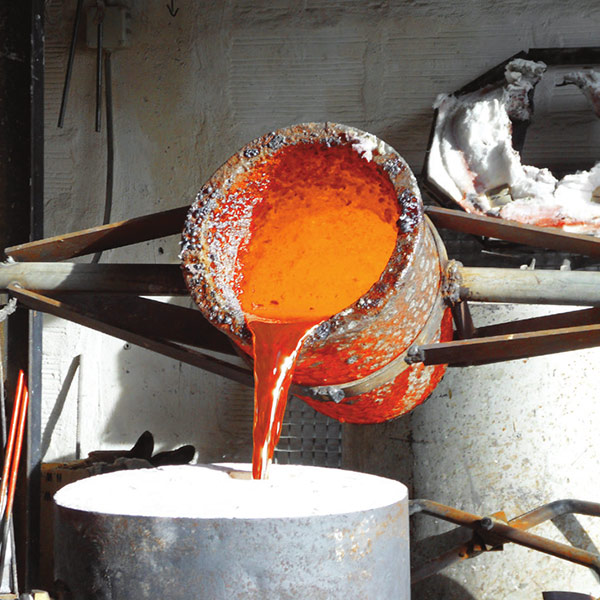
BRONZE CASTING – 1200°C
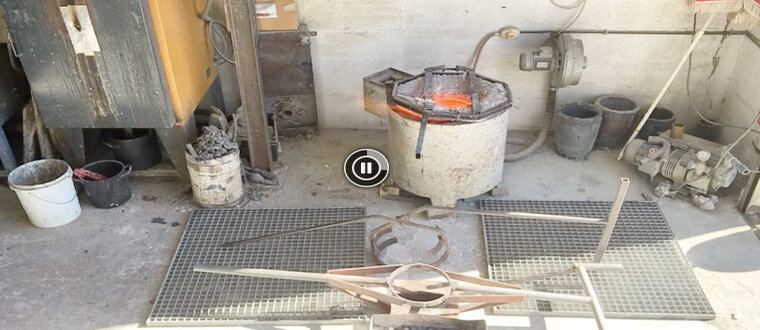
COOLING
DEMOILING
Phase that lasts approximately 24 hours (depending on the size of the artwork).
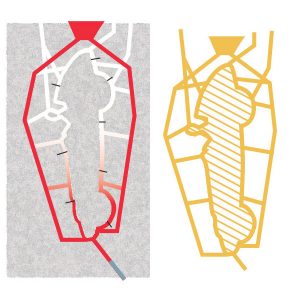
Destruction of the plaster coating
to extract the bronze sculpture.
CISELURE
- Cutting of the power supplies.
- Trimming.
- Sanding.
- Welding.
- Surfacing.
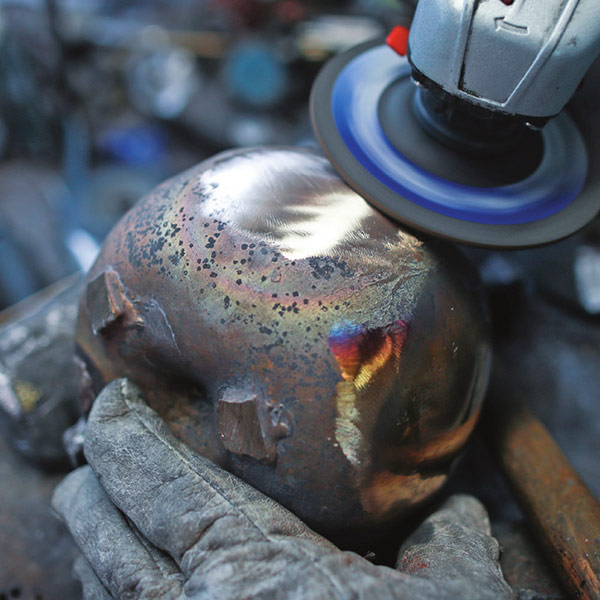


PATINA (COLOUR OBTAINED BY THE OXIDATION OF BRONZE).
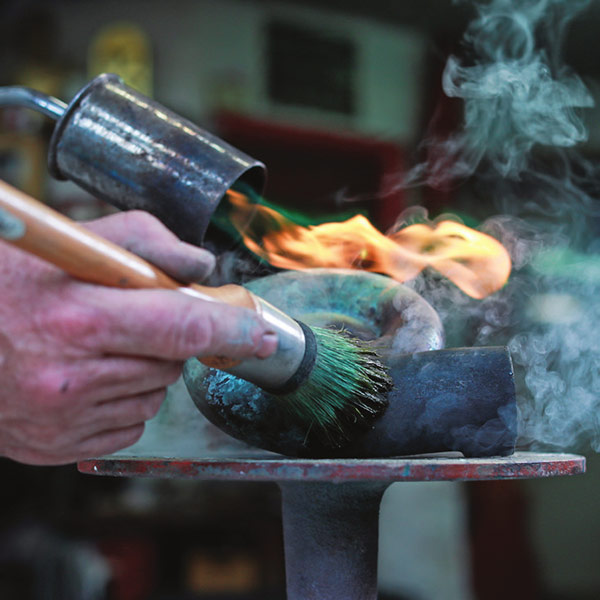
- Heating the piece and depositing copper nitrate (for green), iron nitrate (for brown), etc…
- Blocking and protection of the patina with wax, cooling and polishing.
As a general rule in bronze art, the editions are 8 copies + 4 artists’ proofs.
When the artist wishes to remake a sculpture, he starts again from the mould, makes another wax, …
This is why it is called a lost wax bronze technique!

